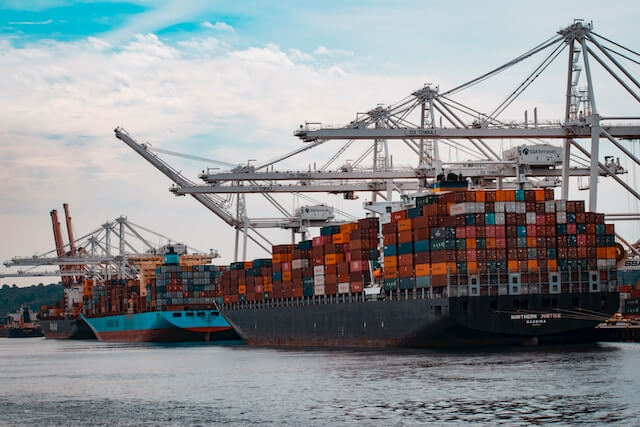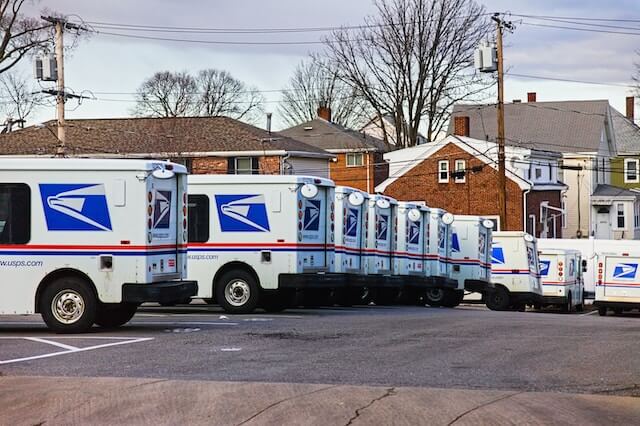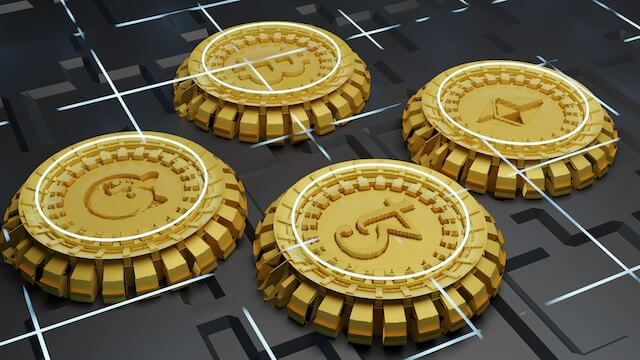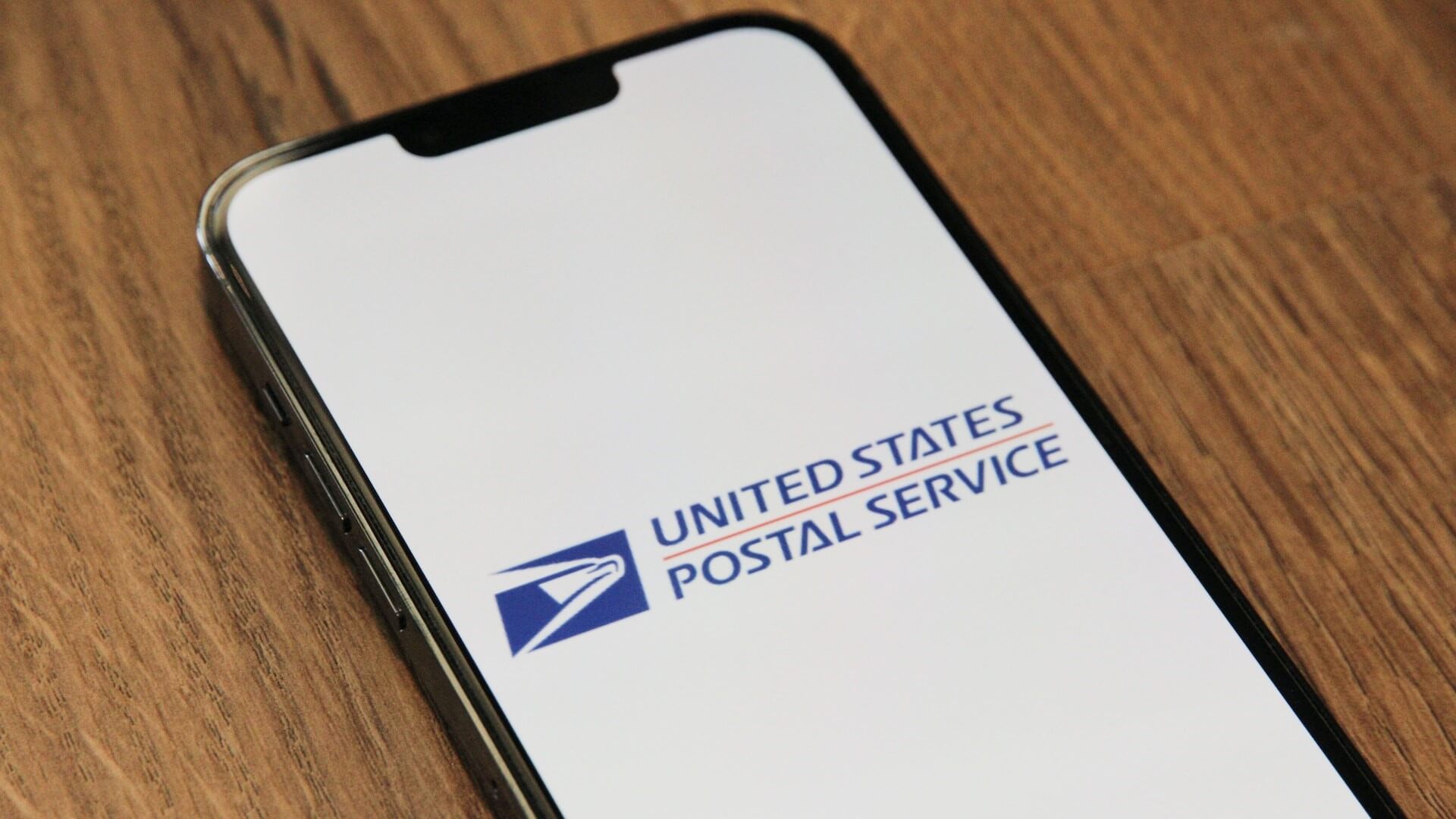One example of a blockchain application and its subsequent benefits is enough to spark curiosity in several other areas. Interestingly, the traditional postal service is one of the oldest ways to transport our packages from one country to another. As the oldest form of transportation for mail and money, all households know the postal service. So why are we suddenly talking about the use of blockchain in the postal service?
The answer to this question lies in the challenges faced by postal services globally. The biggest hurdles facing the postal service today are the security of the mail and the increasing demand to speed up the process of getting mail from one end to the other. Additionally, tracking mail is another major bottleneck when it comes to maintaining transparency in the postal service.

How can blockchain help the Postal Service?
Blockchain is a technology that has evolved over time. While it can provide fast asset transfers, it also maintains the integrity of assets. Let's take a look at what the application of blockchain technology can offer the Postal Service:
Blockchain not only improves the overall security of a given infrastructure, but also supports adequate transparency and authentication wherever it is needed. Ironically, these are features that are lacking in the traditional postal service. While all that is said and done, a Blockchain-enabled postal service will also help the government with accurate identity checks.
Blockchain digitizes the entire transaction process. Otherwise expensive financial transactions become quite cheap and blockchain, not to mention, secure. This is good news for both the government and customers. It also helps in tracking emails (a key feature missing in traditional emails). Because it is transparent and secure, companies and consumers can track mail.

What is the future of blockchain in the postal service?
Blockchain is a technology that fixes systems where autonomy, transparency, and security keep the system from reaching its maximum potential. The technology decentralizes these systems to eliminate these problems. Eliminating the need for third-party verification or mediation, blockchain-based service consumers operate in a highly secure and conducive environment. Future applications of blockchain in the postal service will utilize these capabilities that blockchain brings to the table.
According to technology enthusiasts and researchers, Postcoins are not far away.Postcoins are the most promising future combination of blockchain and postal services. Using Postcoins, users will be able to make purchases at the postal service.Postcoins will be somewhat similar to Bitcoin - the groundbreaking first offering of blockchain technology.

In developing countries, blockchain technology will prove to be very beneficial as digital identification will emerge. This will allow governments and postal services to track not only transactions, but also the people behind them.
